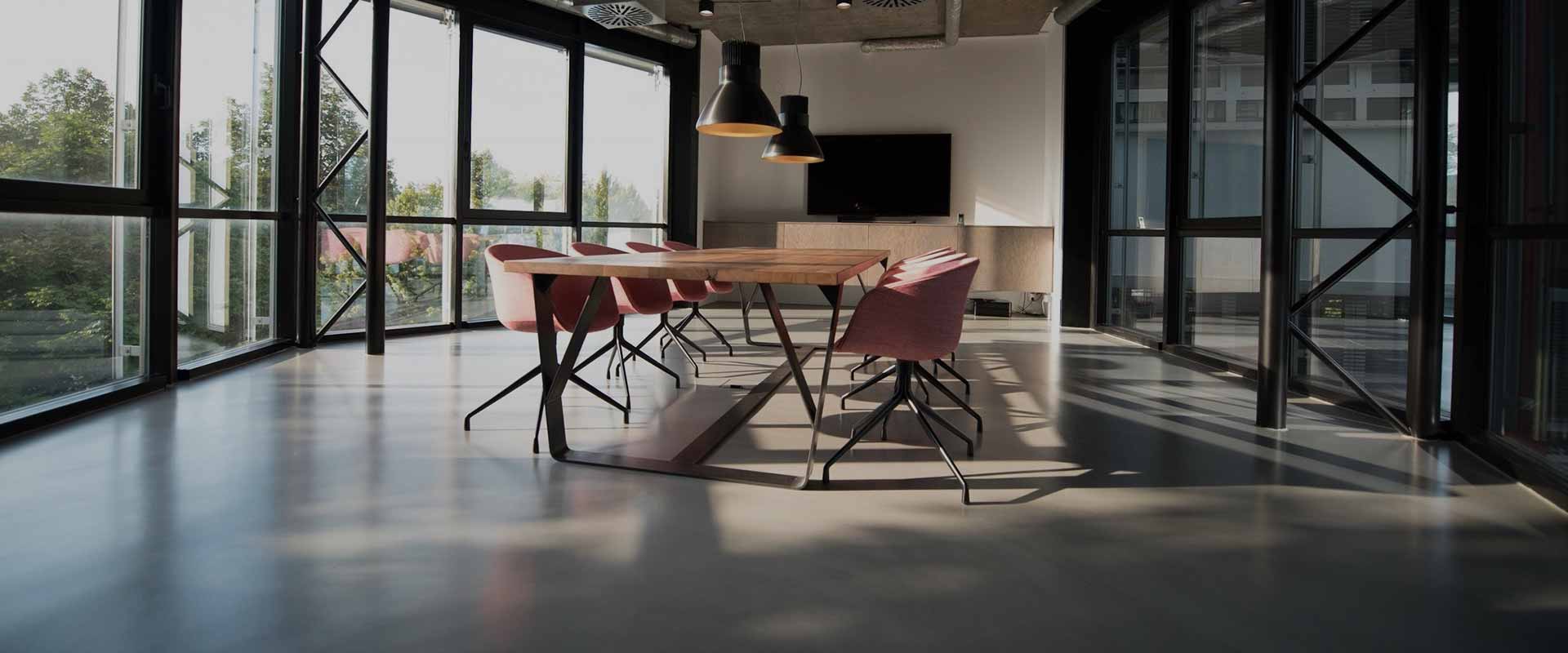Preventing Carbon Monoxide in Your Home and Office
Carbon monoxide (CO) is a colorless, odorless gas often referred to as the “silent killer.” Exposure to this toxic gas can lead to serious health issues, including headaches, dizziness, and even death in severe cases. Since it is undetectable by human senses, taking proactive measures to prevent carbon monoxide buildup is crucial for ensuring the safety of both homes and workplaces.
This article explores the dangers of carbon monoxide, offers practical advice for prevention, and highlights how modern air conditioners and related systems can play a role in safeguarding indoor spaces.
Understanding Carbon Monoxide: The Invisible Threat
Carbon monoxide is generated by the partial combustion of fuels like gas, wood, coal, or propane. Common sources include:
Gas-powered appliances like stoves, water heaters, and furnaces.
Automobile exhaust from attached garages.
Poorly ventilated fireplaces or space heaters.
When carbon monoxide accumulates in enclosed spaces, it can displace oxygen in the bloodstream, causing CO poisoning. Symptoms include confusion, nausea, and loss of consciousness. In severe cases, it can be fatal within minutes.
Practical Tips to Prevent Carbon Monoxide Buildup
Preventing carbon monoxide poisoning requires a combination of proper maintenance, awareness, and safety measures.
1. Install Carbon Monoxide Detectors
Invest in high-quality CO detectors and place them in key areas:
– Near bedrooms to ensure occupants are alerted while sleeping.
– Close to fuel-burning appliances.
– At least one detector per floor of your home or office.
Ensure the detectors are certified by a reputable organization and test them monthly. Replace batteries regularly to maintain functionality.
2. Maintain and Inspect Appliances Regularly
– Schedule annual inspections for appliances like furnaces, water heaters, and stoves. A professional HVAC technician can identify any issues that may lead to CO leaks.
– Inspect appliances for signs of wear or damage, like rusted parts or soot buildup.
– Avoid using gas-powered appliances for unintended purposes, like heating a room.
3. Ensure Proper Ventilation
– Never block vents or chimneys, as these are critical for exhausting gases safely.
– Avoid running cars, generators, or other fuel-powered equipment in enclosed spaces, including garages.
– Use kitchen range hoods or fans while cooking to disperse gases efficiently.
4. Upgrade to Safer Systems
Modern HVAC systems and air conditioners are designed with features that can enhance air quality and reduce CO risks. If your systems are outdated, consider investing in models that comply with the latest safety standards.
The Role of Air Conditioners in Preventing Carbon Monoxide
While air conditioners themselves do not produce carbon monoxide, they play a vital role in maintaining safe indoor air quality. Here’s how:
1. Improved Ventilation
High-quality air conditioning systems facilitate air circulation, preventing the buildup of gases in enclosed areas. This is particularly useful in offices where CO from external sources like vehicle traffic can seep indoors.
2. Filtration Systems
Modern air conditioners often come equipped with advanced filtration systems that can remove pollutants from the air. While these filters do not eliminate CO directly, they can reduce other irritants that might worsen symptoms of low-level exposure.
3. Maintenance Matters
A poorly maintained HVAC system may develop leaks in ductwork, allowing CO from external sources to enter indoor spaces. Regular professional servicing ensures that ducts are sealed, vents are unobstructed, and the system operates efficiently.
Why Regular HVAC Inspections Are Crucial
Many homeowners and office managers overlook the importance of regular HVAC inspections in preventing carbon monoxide risks. An experienced technician can:
Test for leaks in gas connections or furnaces.
Clean vents and ducts to prevent obstructions that may trap gases.
Check for malfunctions in heat exchangers, a common source of CO emissions.
When paired with carbon monoxide detectors, a well-maintained HVAC system creates a safer environment.
Additional Safety Tips
Do’s
– Use portable generators outdoors, far from windows or doors.
– Teach employees and family members about the signs of carbon monoxide poisoning.
– Follow manufacturer instructions when installing or operating appliances.
Don’ts
– Never ignore a beeping CO detector. Treat every alarm as serious and evacuate immediately.
– Avoid using charcoal grills indoors, even in ventilated spaces.
– Don’t delay appliance repairs or replacements if issues are identified.
Conclusion
Preventing carbon monoxide exposure is a vital responsibility for homeowners and office managers alike. By combining the use of carbon monoxide detectors, maintaining fuel-burning appliances, and ensuring proper ventilation, you can significantly reduce the risk of CO poisoning. Additionally, leveraging modern air conditioning systems and scheduling regular HVAC inspections are practical ways to enhance safety.
Take proactive steps today to protect your family, employees, and yourself from the dangers of carbon monoxide. Your diligence could save lives.




